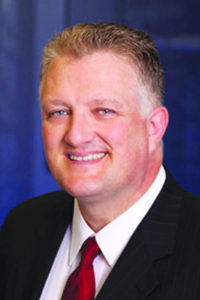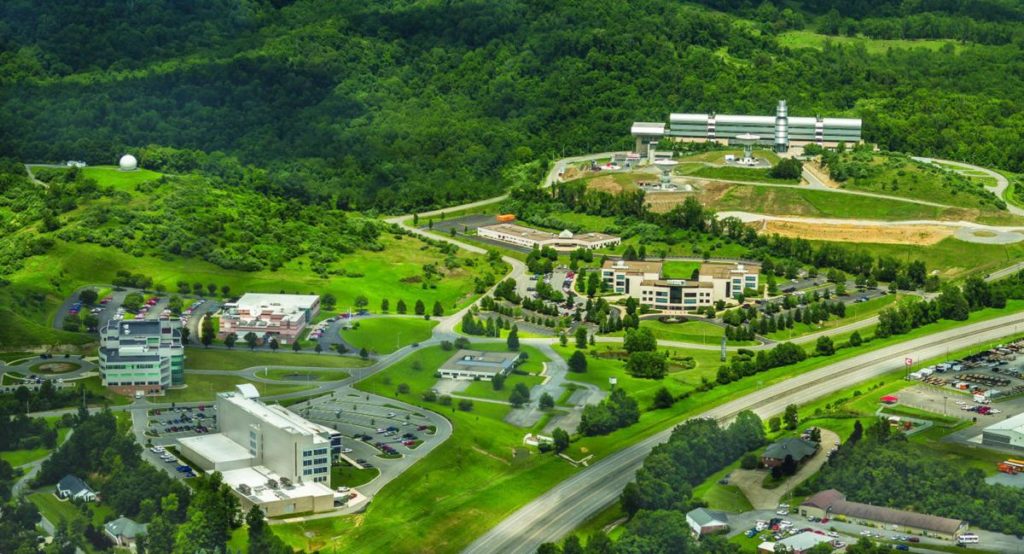by James Estep Oct 18, 2018

In early 2018, Sonny Perdue, secretary of the U.S. Department of Agriculture announced the relocation of the headquarters for both the National Institute of Food and Agriculture and Economic Research Service somewhere out of the D.C. metro area in 2019. The two bureaus employ about 700 employees. The motivation for the move was identified, in part, as the high cost of operations in the Washington, D.C., area. Perdue explained that USDA would more efficiently use taxpayer money by moving operations to a more reasonably priced location. In addition, the move would improve the USDA’s ability to attract and retain highly qualified staff. According to Perdue, the USDA has had difficulty recruiting employees to the congested and expensive D.C. region. He also noted the move would position USDA resources closer to stakeholders engaged in the agricultural economy. Another factor driving relocation is the national security concerns of having so many federal operations clustered in D.C. The density of federal operations in this area has grown exponentially over the last few decades. Unfortunately, concerns related to the impact on federal continuity of operations from the use of biological weapons, a nuclear weapon and/or “dirty-bomb” in the northern Virginia/eastern Maryland region have also grown exponentially. The majority of national security analysts have concluded that this trend has to be reversed and the density reduced as soon as possible. In early 2018, the “Strategic Withdrawal of Agencies for Meaningful Placement Act of 2018” was introduced in Congress in response to these growing concerns and would authorize agencies to move their headquarters out of the Washington, D.C., area. The act also would establish a bidding process for states and municipalities to compete for the relocation of a federal agency’s headquarters.
It would be a tremendous boost to the state’s economy if the USDA were to choose a location in West Virginia for the new headquarters. Obviously, the 700 science-related jobs would be a great addition to the workforce, but the close proximity of USDA resources could be transformative for Gov. Jim Justice’s efforts to diversify West Virginia’s economy with a more vibrant agricultural sector. It could also be akin to a “steroid shot” for college and university programs in the state, such as, West Virginia University’s Davis College of Agriculture. Further, USDA contracting opportunities would add to a “business case” for attracting new companies to West Virginia who typically pursue these contracts. These benefits are real and are exactly why other state development authorities, like Iowa and Wyoming, recognized the economic potential early and have mobilized to capture it.
West Virginia may have missed the opportunity to capture the USDA relocation, but it’s not too late to prepare for the next relocation opportunity. The factors driving the USDA relocation are real and applicable to virtually every other federal operation in D.C. West Virginia represents a highly competitive solution to the challenges driving these federal operations to relocate. Relocating west to just over the Appalachian Mountains is ideal because it is far enough away to address the identified problems, but not too far away to introduce substantial costs and communication complexities. It would also be more palatable to relocating federal employees to come to West Virginia as opposed to being spread out over the country.
In this context, the High Technology Foundation has been offering free land in the I-79 Technology Park in Fairmont to federal operations considering relocation. Specifically, federal operations that are science and technology oriented and provide a significant amount of annual contracting opportunities. If West Virginia were to leverage the I-79 Technology Park by developing a holistic offering to relocating federal operations that included workforce support, housing support, community offerings, and employee tax incentives — a fundamental economic transformation could be realized.
James Estep is president and chief executive officer of the High Technology Foundation.
Article originally published by The Fairmont post on October 18, 2018


